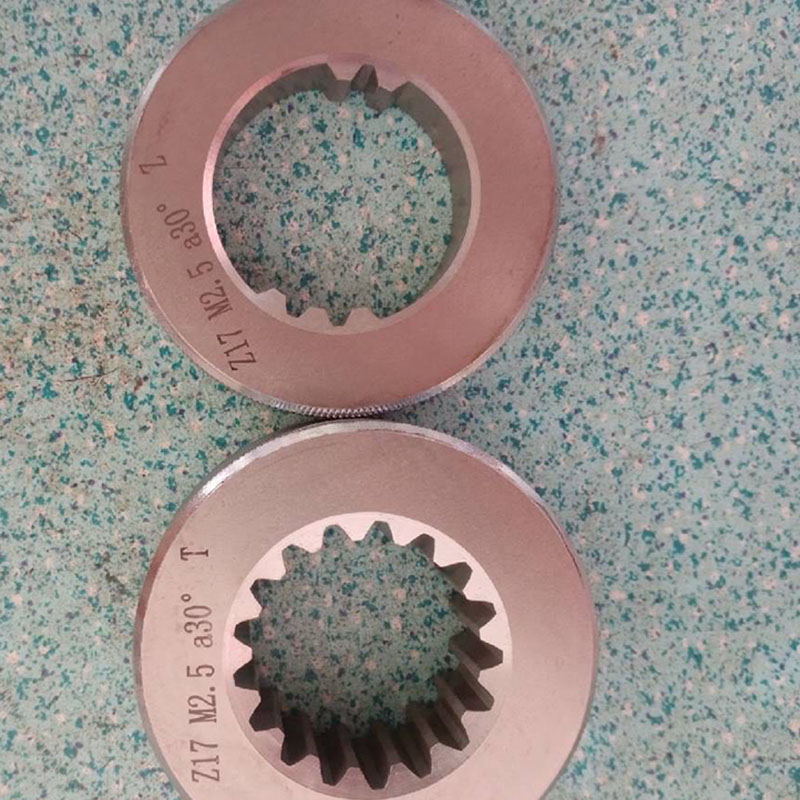دېكابىر . 15, 2024 13:43 Back to list
Understanding Differential Gauges and Their Applications in Precision Measurement Systems
Understanding Differential Gauges A Comprehensive Overview
Differential gauges are precision instruments widely employed across various industries including manufacturing, aerospace, and automotive. Their primary function is to measure the difference in pressure, which is crucial for ensuring optimal performance and safety in systems where pressure variances occur. This article delves into the fundamental principles of differential gauges, their types, applications, and significance in contemporary technology.
Principles of Operation
The basic working principle of a differential gauge involves two input ports that measure pressure from two different sources. The gauge then compares these pressures and displays the difference. This is critical in environments where pressure must be monitored closely to maintain safety and efficiency. The pressure difference can indicate whether a system is operating within its designated parameters or if there is a potential issue that needs addressing.
The foundation of differential gauge operation commonly lies in various sensing technologies. These can range from mechanical devices—such as Bourdon tubes and diaphragm gauges—to electronic systems that utilize piezoresistive sensors. Each technology has its advantages and applications, with the choice largely depending on the specific requirements of the measurement task, including operating range, accuracy, and environmental conditions.
Types of Differential Gauges
Differential gauges can be broadly categorized into two main types
1. Mechanical Differential Gauges These employ physical mechanisms to measure pressure differences. They typically use a diaphragm that deflects in response to pressure changes. The deflection is then converted into an angular movement through a linkage system, providing a visual representation of the pressure difference on a dial or scale. Mechanical gauges are robust and reliable, making them suitable for various industrial applications.
2. Electronic Differential Gauges Leveraging modern technology, these gauges use electronic sensors and digital displays to provide precise measurements. They offer higher accuracy and the capability to store and transmit data for further analysis. Electronic gauges can also be integrated into automated systems, providing real-time monitoring and alerts for system performance. These advantages make them increasingly prevalent in high-tech applications across various sectors.
differential gauge

Applications
Differential gauges are indispensable in several applications
- HVAC Systems In heating, ventilation, and air conditioning, differential gauges are critical for monitoring air pressure differences across filters, ducts, and other components. This data helps ensure optimal airflow and energy efficiency.
- Fluid Systems In industries handling various fluids, maintaining the correct pressure difference is vital for operational efficiency. Differential gauges are used to monitor levels in tanks, detect leaks, and ensure proper function of pumps and valves.
- Automotive Industry In automotive testing, differential gauges aid in measuring engine pressures, exhaust systems, and braking mechanisms. Accurate pressure readings are crucial for performance testing and safety assessments.
- Aerospace Differential gauges play a significant role in aircraft testing, where pressure differences can indicate altitude, speed, and aerodynamic performance. They help ensure that aircraft systems are functioning correctly and safely during flight.
Conclusion
In summary, differential gauges are essential tools in modern engineering and technology. Their ability to measure pressure differences with precision is vital for ensuring safety and efficiency in a myriad of applications, from everyday HVAC systems to advanced aerospace engineering. As technology continues to advance, the evolution of differential gauges will likely lead to even more sophisticated solutions that enhance measurement accuracy and system performance. Understanding these instruments, therefore, is crucial for professionals in engineering and related fields, as they play a key role in the seamless operation of various technological systems.
-
Why Metric Trapezoidal Thread is Ideal for Precision Motion ControlNewsAug.05,2025
-
The Unique Properties of a Block of Granite for Industrial UseNewsAug.05,2025
-
The Role of Flanged Y Strainers in Preventing Pipeline ClogsNewsAug.05,2025
-
The Importance of Regular Calibration for Master Ring GagesNewsAug.05,2025
-
How a Cast Iron Surface Table Enhances Accuracy in ManufacturingNewsAug.05,2025
-
Comparing Different Check Valve Types for Optimal Flow ControlNewsAug.05,2025
Related PRODUCTS









